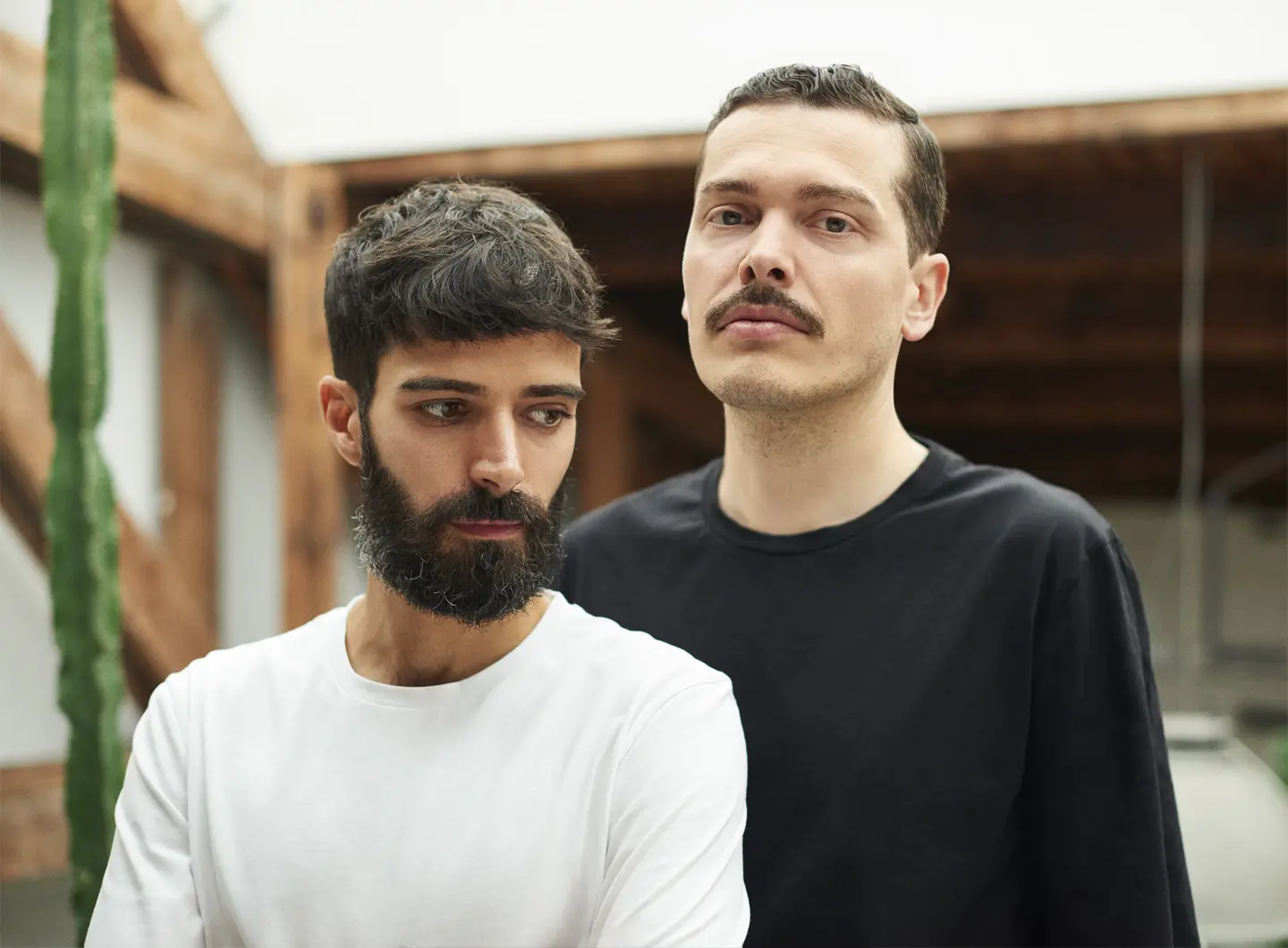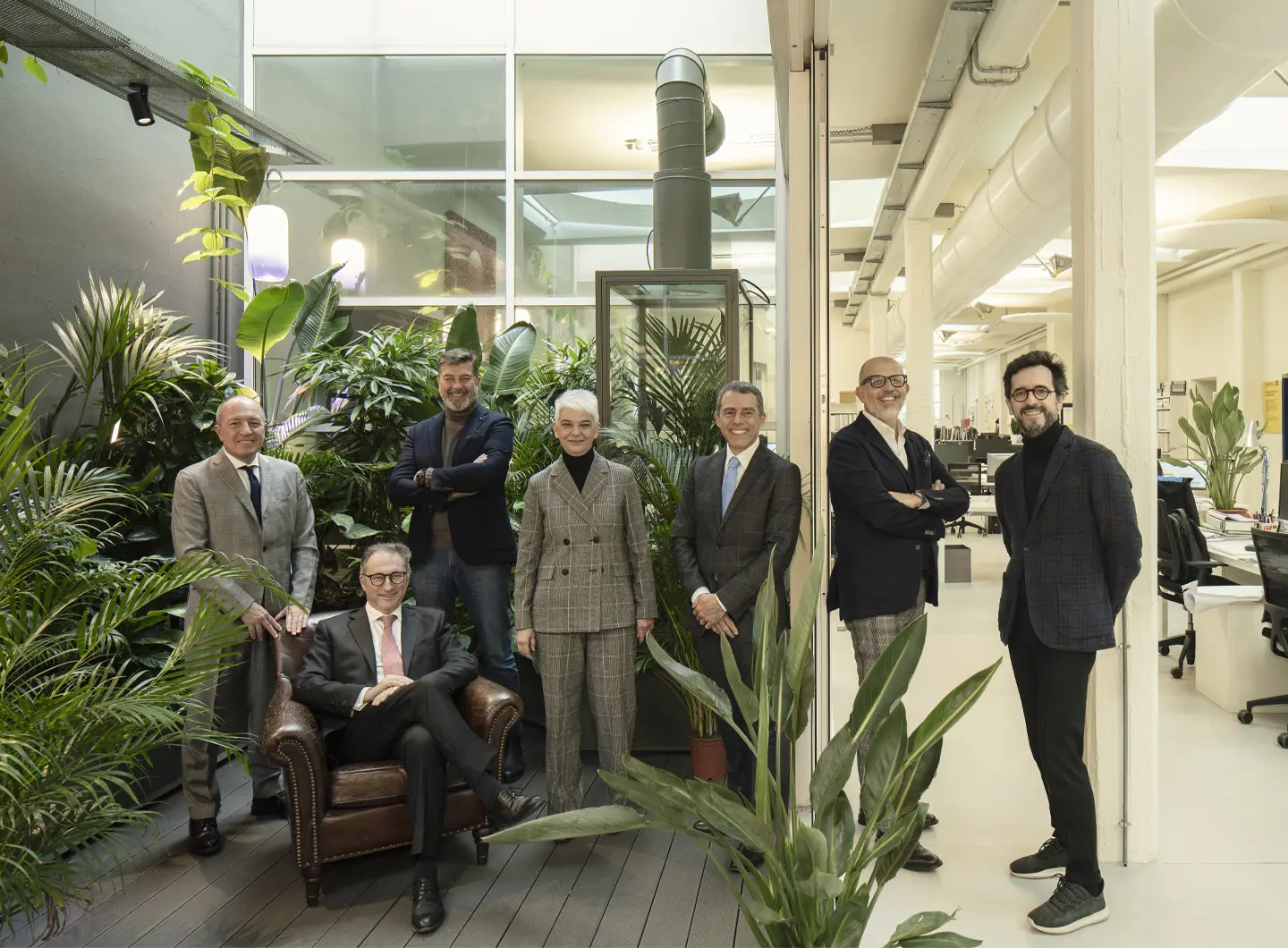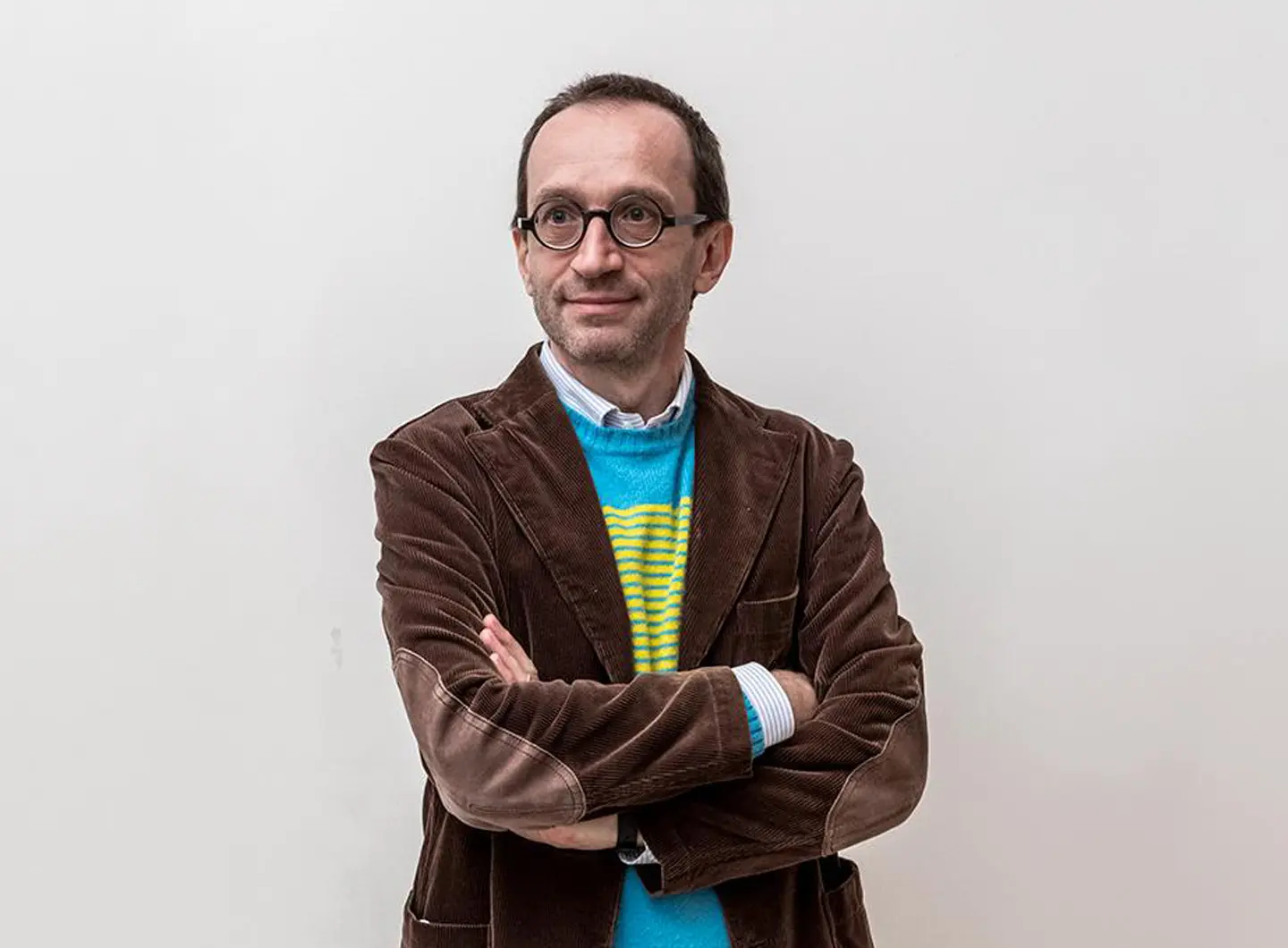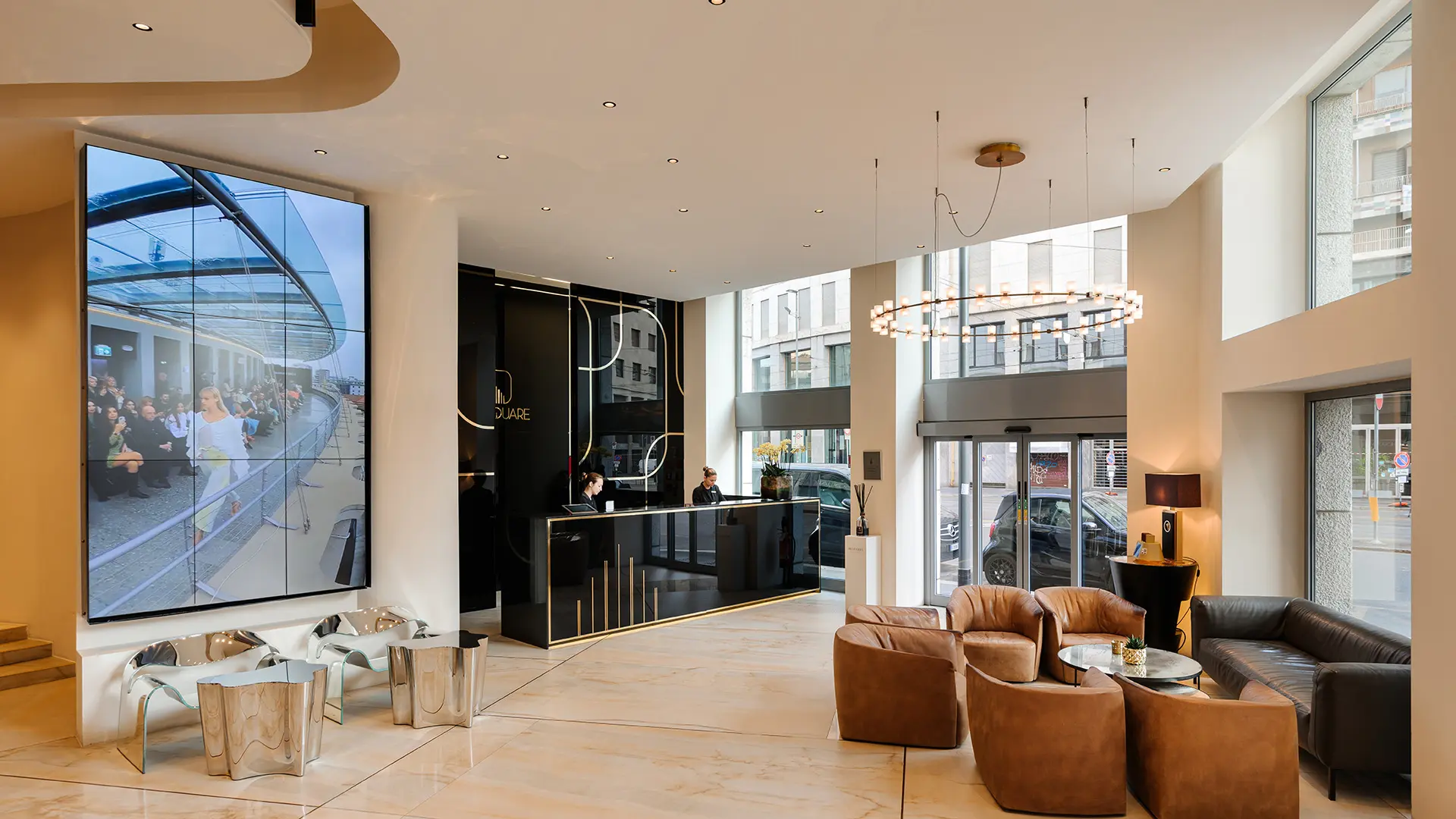In partnership with MiCodmc, a selection of establishments ripe for discovery during the 64th edition of the Salone del Mobile.Milano, from 21 to 26 April 2026
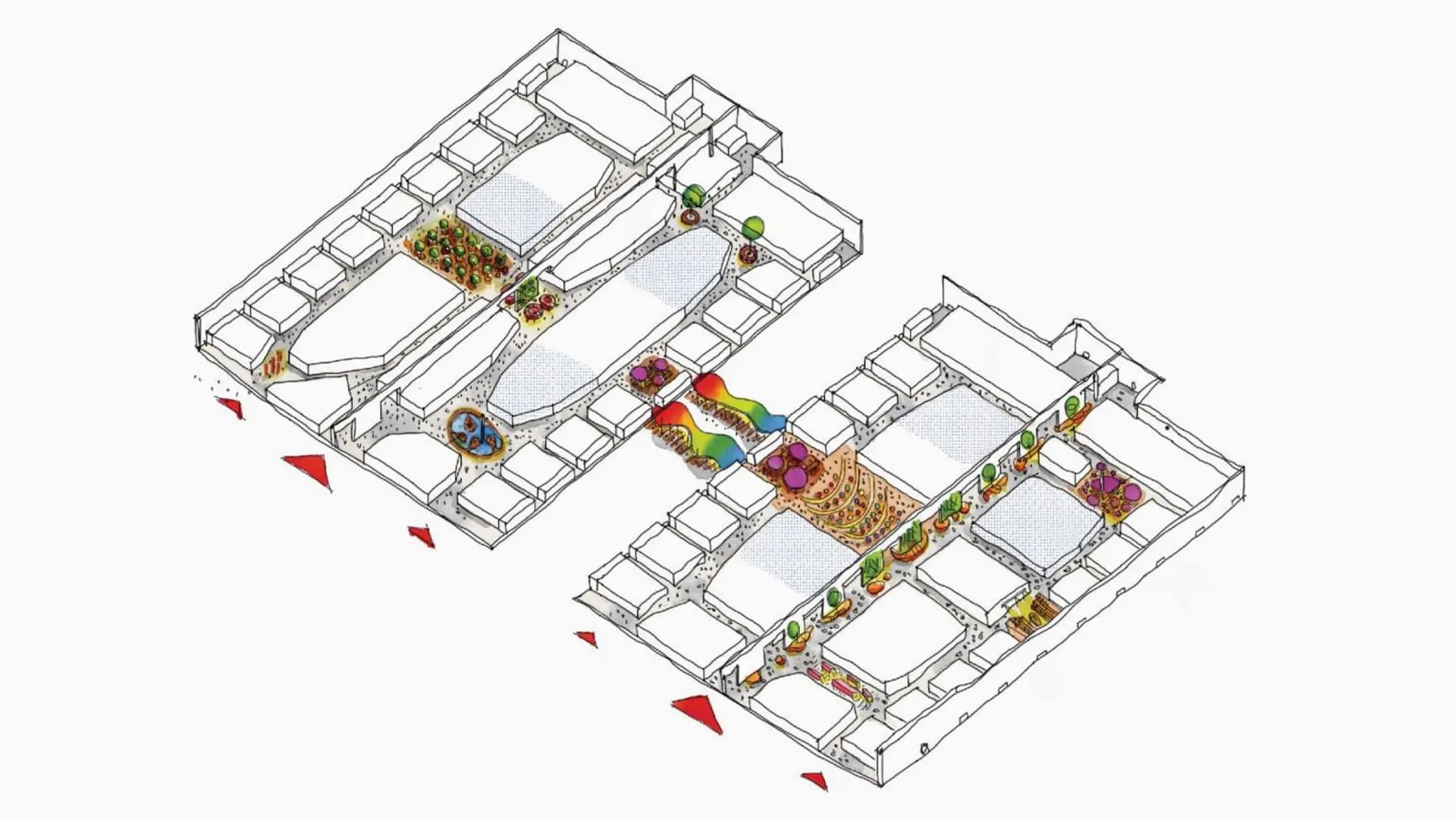
At a conversation between Cristian Catania, Juri Franzosi, Andrea Cacaci of Lombardini22 and Simone Farresin of Formafantasma, we discover the ideas that will revolutionize the most eagerly anticipated event at the next Salone del Mobile
Seated around a large table in the Formafantasma studio in Milan, the designers of the coming edition of Euroluce speak of the challenges and guiding principles that will transform this event into a model international trade fair for years to come. Starting from a participatory survey conducted by Salone del Mobile.Milano a year back, with questionnaires and round tables involving protagonists of the design world, we felt the urge to design the four Euroluce pavilions around the visitors and their experience of their use. As a metaphor, we took the city, abandoning the functional pavilion-centric grid and so created a veritable City of Lights, complete with streets, squares and points of social focus intended not just for businesses and designers but also students and lighting technicians, bringing together the various souls of Italian light design, from the decorative to the technical.
The Lombardini22 team was in charge of the redefinition of the exhibition space and its flows, while Formafantasma was appointed to take care of the large Arena and the Cameos, small exhibitions laid out in the trade fair site, starting from the cultural contents chosen by Beppe Finessi. The speakers are: Juri Franzosi, General Manager of Lombardini22 (L22), the group based in the street of the same name in Milan, with over 400 professionals comprising architects, engineers and designers, that uses design thinking to offer sartorial services to its customers; the architect Cristian Catania, who in L22 explored a concept of inclusive design through environmental well-being and the enhancement of spatial specifics; the lighting architect Andrea Cacaci, head of the lighting compartment in L22 or, as defined by Lombardini22, a “lighting lover”; and finally Simone Farresin of Formafantasma, a practice that for years has been researching the impact of ecology, history and politics on the field of design.
Juri Franzosi: Fairs were invented as places for relationships, where things happened. But over the years they have become flattened out and this concept has been lost. Through the design of spaces, we want to enable relationships, proposals, contents and innovation to take place. The involvement of figures such as Formafantasma has meant that two different worlds have come together, the most classic design with experimentation and research. For this reason, the art world will also be involved. We want visitors not to feel tired but energized, inspired, at the end of their visit.
Simone Farresin: Today visitors find themselves in a checkerboard grid resembling the street plan of New York, structured on models of hyper-functionality and hyper-efficiency. But this interferes with the possibility of encountering unexpected contents. The world's most important design fair has the responsibility to offer cultural and intellectual contents.
Cristian Catania: Today almost all fairs are stand-centric. The real change is to put the visitors at the center. A pavilion in the Salone normally contains 12 horizontal streets crossing 4 vertical ones: a ragged grid that compels visitors to make a lot of choices to find one stand rather than another and where there’s always the risk they’ll miss something. An urban frame of reference makes for a layout that, cognitively, does not force them to make too many choices, where they advance along a varied ring-shaped path made up of streets, alleys and squares. In a virtual simulation we observed that with the classic layout you can travel about 1.2 km to see a whole pavilion. With a circular route in about 500 meters you pass in front of all the stands without the frustration of missing anything. There will be catering places, spaces for exhibitions, which will be curated in different ways, and an area of workshops where companies can express themselves with round tables for illustrating their products. A place devoted to the culture of design with designers, directors and technicians. All defined by a specific wayfinding project that will no longer be defined by a number and a letter, as in the game of battleship, but by street names and numbers, colors and icons.
Andrea Cacaci: At the fair today there are a lot of companies that enclose themselves, excluding any connection between the public path and their stands. The main difference for companies is that they will no longer have four free sides, inviting an opening. In this way the light will flow out like water and expand into the communal aisles, because this year the only lights we’ll see will be those of the exhibitors, as in a varied museum, with cold, warm, dim or bright lighting.
Simone Farresin: We were concerned about the impact of building temporary spaces today. We imagined a modular structure because we would like this exhibition project to have continuity, if not within the fair then also in other places.
Juri Franzosi: There is an implicit cultural challenge. On the one hand, we have a decades-long habit of conceiving these spaces as purely commercial. Faced with the Euroluce designed in this way, companies will have the task of transmitting the company’s identity and ideas to ensure that it becomes a place of inspiration, where people can learn and see new things. To make things happen you need identity, content, values. You can’t limit yourself just to assessing the turnover generated at the fair. Let’s remember that economics is a social science, not a mathematical science.
Andrea Cacaci: A significant work has been devoted to the clients, who are highly differentiated. The first clients of the Salone are the exhibitors. We also wanted to enhance the visibility of lighting designers and architects, embracing students of design, design enthusiasts but also electricians, who are an often out of sight but a very important part of this whole world. The workshops we have devised are above all aimed at them.
Cristian Catania: We listened to the voices of the exhibitors, who asked for greater visibility and with them we learned the need not only to exhibit the product but to make the fair the embodiment of the culture of design in the broadest sense. In our project, the spaces for relationships are fundamental.
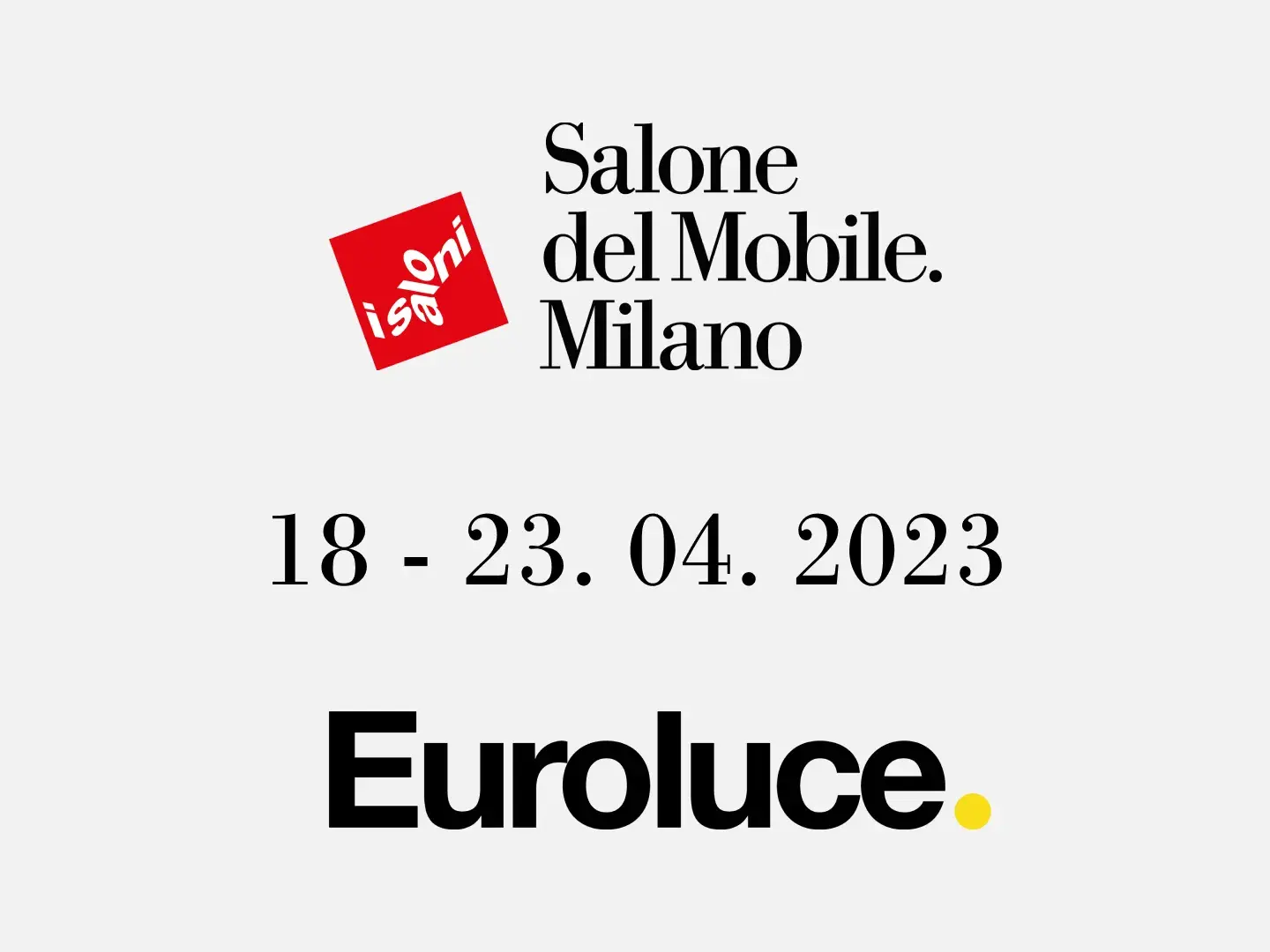

A Matter of Salone: the new Salone communication campaign
From a reflection on humans to matter as meaning: the new Salone communication campaign explores the physical and symbolic origins of design, a visual narration made up of different perspectives, united by a common idea of transformation and genesis



 Exhibitions
Exhibitions
